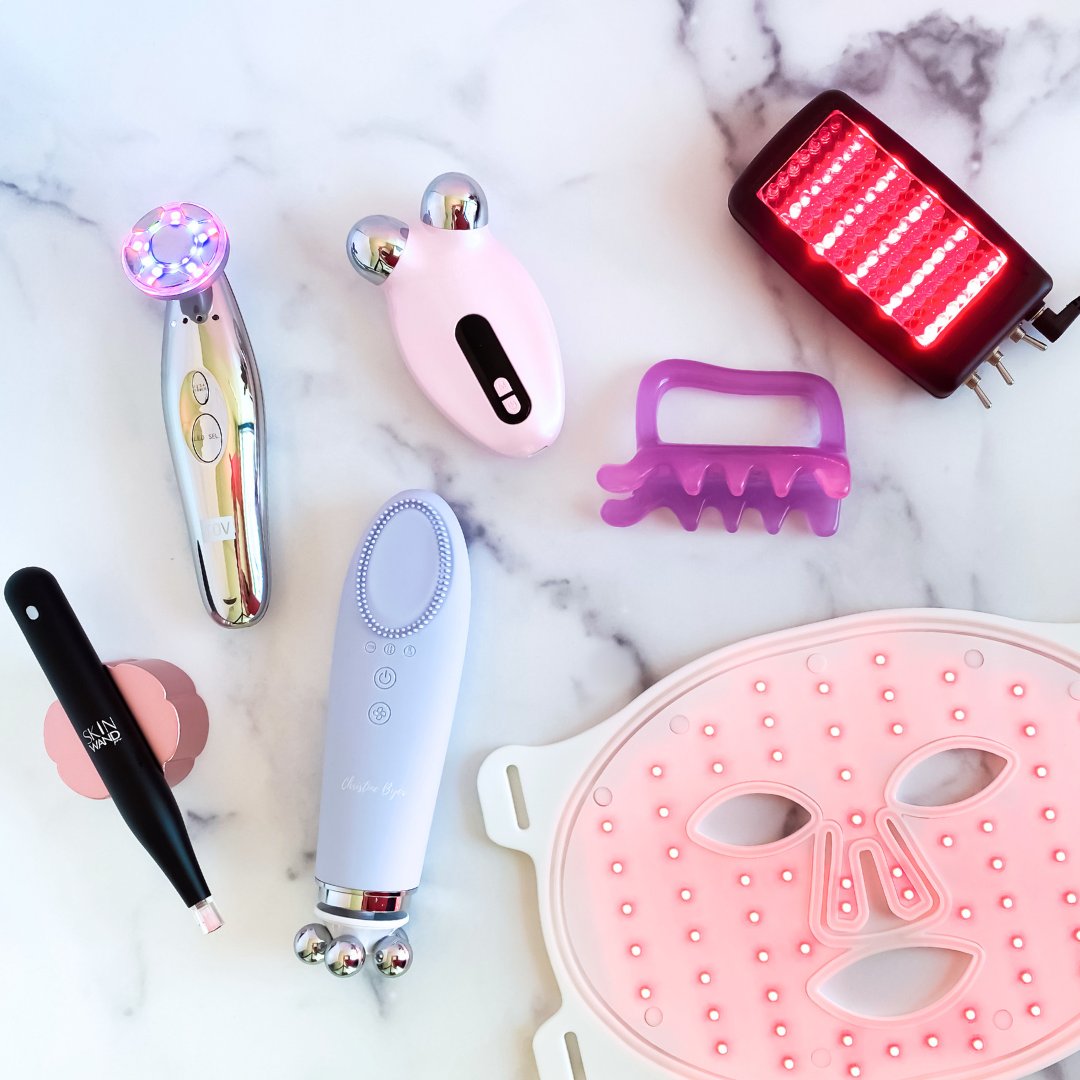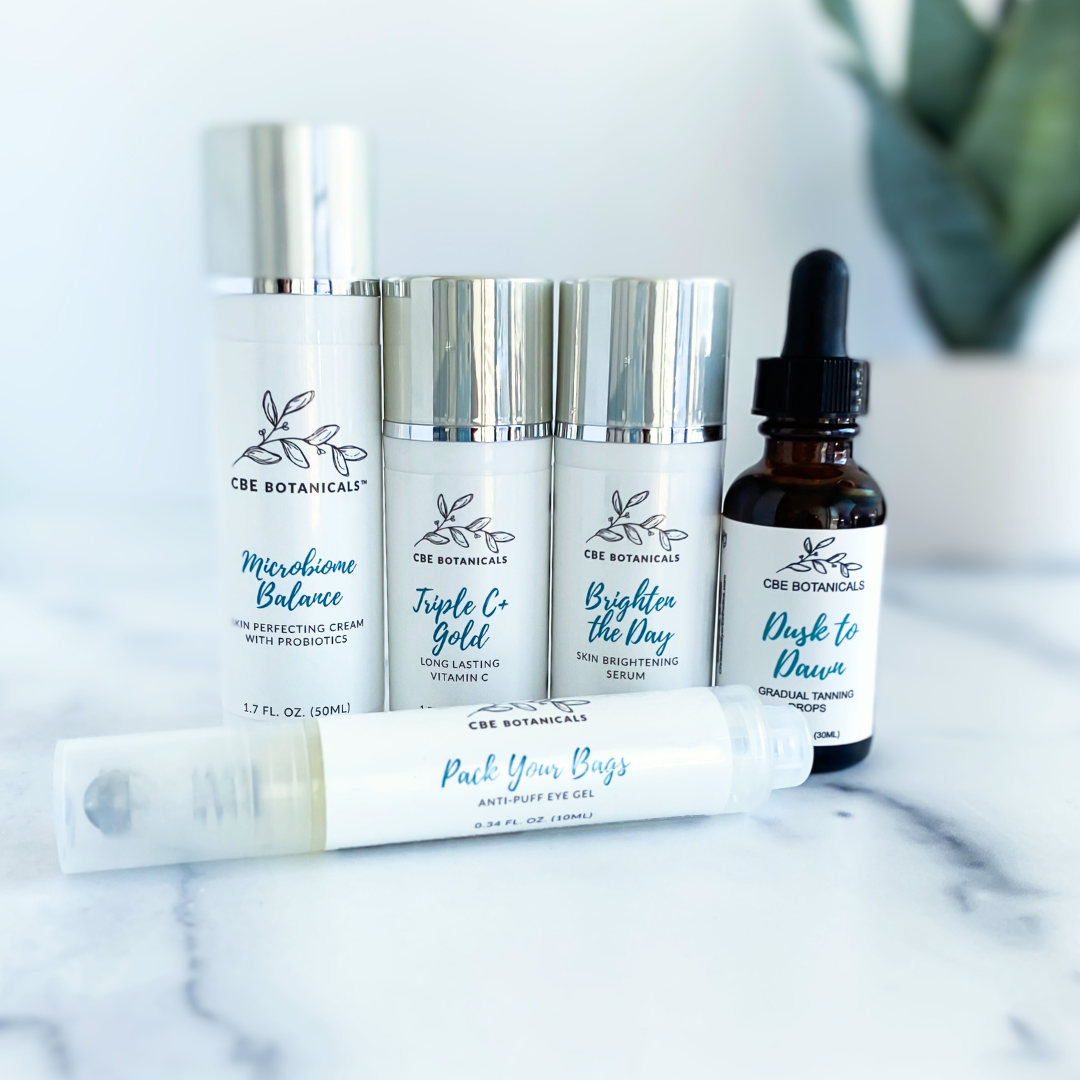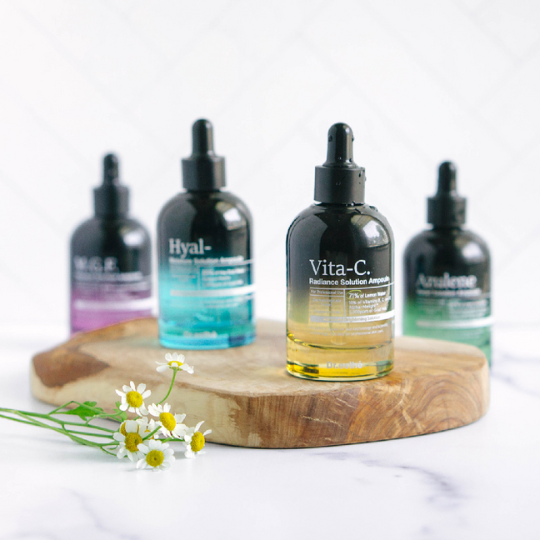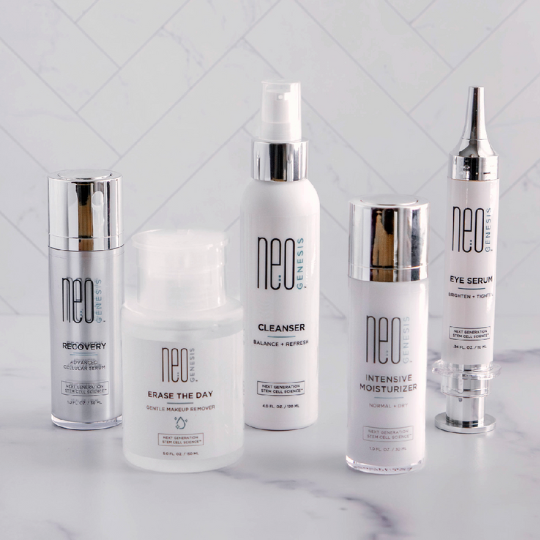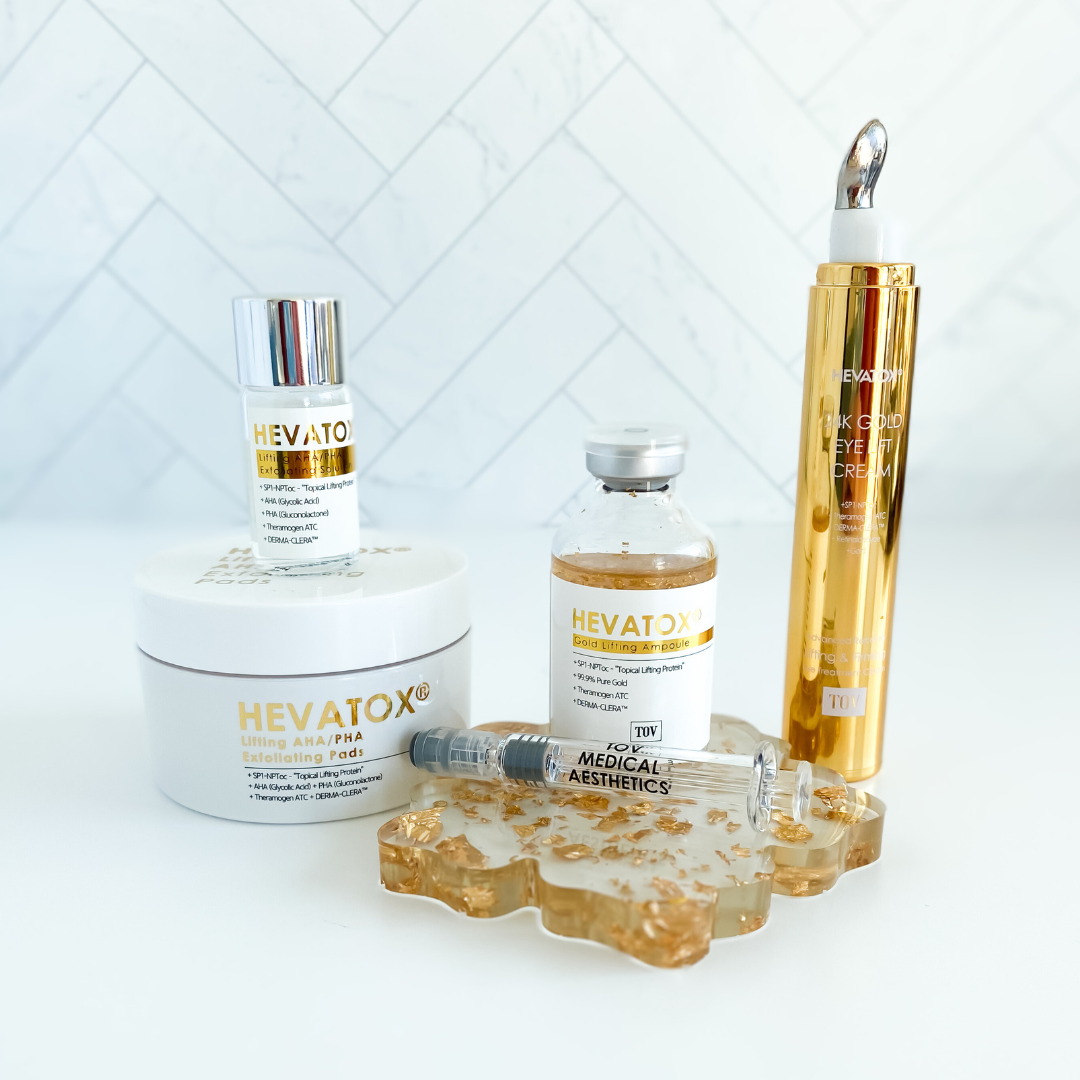Hyperpigmentation is a common condition in which darker patches of skin form on the face. This darkening occurs when an excess of melanin, the brown pigment that produces normal skin color, forms in spots on the skin. While these patches of skin are typically harmless, many find them cosmetically unattractive.
There are varying degrees of hyperpigmentation. The more superficial kind that is located within the epidermis is typically found in younger individuals and is much less severe. The kind called melasma, which is hormonally driven from elevated estrogen and/or progesterone levels causes deeper hyperpigmentation and it is more difficult to treat.
Hyperpigmentation can appear on the face such as the bridge of the nose, the forehead, and the cheeks, as well as on the decollete, arms, hands, and legs. It can be caused by sun damage, inflammation, or other skin injuries, including those related to acne. People with darker skin tones (or who tan easily) are more prone to hyperpigmentation, especially with excess sun exposure.
There is no cure for hyperpigmentation, but much can be done to improve it. Just set realistic expectations because it takes time and a consistent regimen to fade deeper pigmentation.
Wearing sunscreen EVERY DAY is extremely important. If you go through all the work and expense of great treatments and you don’t bother to wear sunscreen, it’s sort of like eating healthy all day to lose weight and then eating cookies all night. You will not get good results.
Potential Treatments for Hyperpigmentation
The following treatment options will depend on the type of hyperpigmentation you have and to what degree you have it. Please consult with a PROFESSIONAL before trying any of these. And, remember, I am not a doctor so please do not consider this medical advice.
- Lightening Creams – The American Academy of Dermatology warns that OTC skin lighteners may contain traces of mercury. So read ingredients carefully. A product contains mercury if you see one of more of these ingredients: calomel, cinnabaris, hydrargyri oxydum rubrum, or quicksilver. Look for lightening creams with hydroquinone, licorice extract, N-acetylglucosamine, and niacinamide (vitamin B3).
Here are some options containing Vitamin B3: Sleep On It Vegan Retinol and CaviPLLA Multi-Serum.
- Skin Acids – Acids exfoliate the skin so new skin cells replace the old ones. This process helps even out your skin tone and makes it smoother overall. Look for those containing alpha-hydroxy acids such as glycolic, lactic, citric, malic or tartaric; azelaic acid, kojic acid, salicylic acid and vitamin C in the form of l-ascorbic acid.
Ideal products would be: Get Glowing CBD Exfoliating Gel, Sleep On It Vegan Retinol, Scrub Away the Day Cleanser which includes the Alpha and Beta Hydroxy Acids of Glycolic, Lactic and Salicylic.
- Retinoids – Made from vitamin A, retinoids have a small molecular structure allowing them to penetrate deep into the skin and treat the layers below your epidermis. They are also not the first line of treatment for hyperpigmentation. However, milder forms of vitamin A in retinol form, especially in a encapsulated form, can produce just the right amount of exfoliation to help renew the skin. What many do not realize is that long term use of harsh retinoids can eventually produce counter results with scaly, dry skin.
A product I love: Sleep On It Vegan Retinol because it is encapsulated making it gentle yet effective. IMPORTANT APPLICATION TIP: Always apply retinoids and retinols AT NIGHT and ALWAYS wear sunscreen because the skin becomes much more sun sensitive when using these products.
- Chemical Peels – A chemical peel uses acids at stronger concentrations to treat the desired area of skin. They reduce the appearance of hyperpigmentation because they remove the epidermis and stronger versions may also penetrate the dermis or middle layer of your skin. You should consider getting a professional-grade peel done by a PROFESSIONAL. These are more powerful, and they yield quicker results but also come with the risks of redness, irritation, and blistering. When applied improperly, blisters or scars may also develop.
PEEL PREPARATON TIP: Prepare for the best possible results BEFORE getting a PEEL by using NeoGenesis Recovery twice daily after cleansing with the NeoGenesis Cleanser for four weeks prior to a peel. Apply NeoGenesis Recovery all over the face and neck, including the eye area and around the lips. After NeoGenesis Recovery, apply NeoGenesis Intensive Moisturizer or NeoGenesis Barrier Renewal Cream, to keep the barrier hydrated, repaired, and soothed. This twice-daily protocol will heal and nourish the skin for a superior outcome and lessen the chance of unwanted side effects.
- Laser Peels – A resurfacing treatment that uses targeted beams of light to reduce hyperpigmentation. There are two types of lasers: ablative and non-ablative. Ablative lasers are the most intense, and they involve removing layers of your skin. Ablative lasers are stronger, but they may cause more side effects. Non-ablative procedures, on the other hand, target the dermis to promote collagen growth and tightening effects. Both destroy elements in your skin to ensure that new skin cells grow back tighter and more toned.
There isn’t a one-size-fits-all approach to skin resurfacing. Ablative lasers may work better for people with fair skin. For some people, non-ablative versions may cause the skin to darken instead of lightening. Your PROFESSIONAL will work with you to assess your discoloration and overall skin tone to select the best option for your skin.
- IPL Therapy – A type of non-ablative (fractional) laser treatment. Also known as a photo facial, IPL therapy stimulates collagen growth within the dermis. It usually requires multiple sessions. IPL is used for overall pigmentation issues, but flat spots of hyperpigmentation especially respond to this treatment.
- Microdermabrasion – A procedure used to treat hyperpigmentation of the epidermis only. During the procedure, a handheld tool with a wire brush or abrasive attachment is used. The tool is swiped across your skin rapidly — but gently —remove the epidermis. You may need multiple sessions to achieve your ideal result.
- Dermabrasion – Also involves the removal of your epidermis, but its effects continue down to the dermis. While dermabrasion is sometimes used to smooth out wrinkles, the procedure has been historically used to address texture concerns. These include acne scars, age spots, chickenpox scars, injury scars, and sun damage. This is done with a handheld device with a wire brush or abrasive attachment. Moving the tool across your skin rapidly — but gently — removes your entire epidermis and the top part of your dermis. To ensure the best possible healing I strongly recommend using NeoGenesis Recovery twice daily.
To determine the right treatment will require working with a PROFESSIONAL who can assess your skin tone and type of hyperpigmentation you have.
Want to get support with your skincare journey? Join us at the Christine Byer Beauty Club. We offer a 14-Day FREE Preview with full access to everything in the Club. Ask Christine questions and have access to savings and the opportunity to win a FREE consultation. If you don’t find value in your membership, cancel within the 14 days at no charge.


